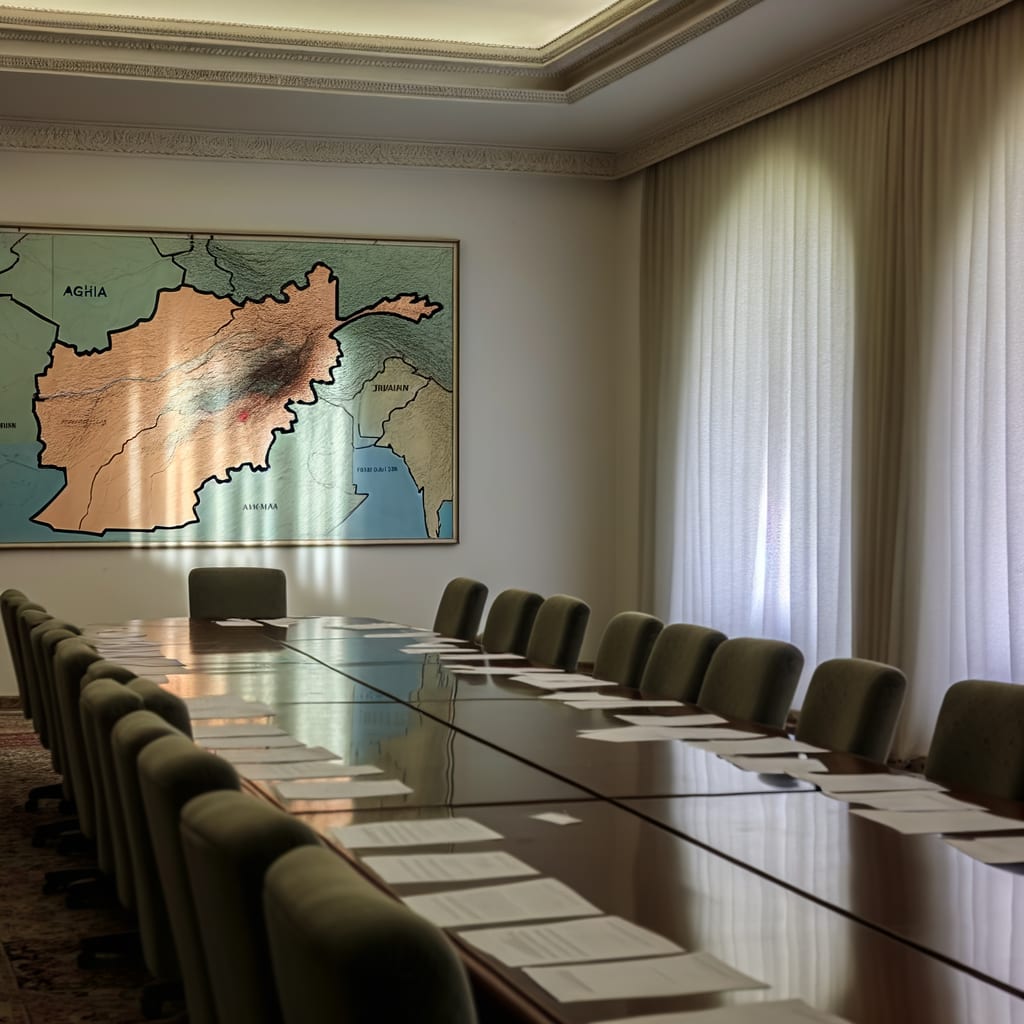Tensions Escalate as Clashes Erupt Between Afghan and Pakistani Forces
In an alarming escalation of tensions, heavy clashes broke out along the Afghanistan-Pakistan border, following mutual accusations of airspace violations and attacks. The fighting, which saw widespread use of artillery, tanks, and drones, has deepened the existing rift between Pakistan and the Taliban-led Afghan government, marking the sharpest escalation of violence between the two nations in years.
Background and Context
The confrontations began to intensify following a series of explosions across Afghanistan late Thursday, which included blasts in central Kabul, Paktika, and Khost provinces. Kabul accused Islamabad of conducting airstrikes, allegedly targeting Tehreek-e-Taliban Pakistan (TTP) figures, which Pakistan has yet to confirm. The TTP, a militant group that has been fighting to overthrow the government, claimed responsibility for a prior attack that killed 11 Pakistani soldiers in the Orakzai district.
Key Developments
In retaliation to the airstrikes, Afghan forces launched attacks on Pakistani military posts on the night of October 11. According to Taliban spokesperson Zabihullah Mujahid, these operations resulted in the killing of 58 Pakistani soldiers and the wounding of 30 others. However, Pakistani state media outlets have countered these claims, asserting that their military had captured 19 Afghan posts and killed 200 Taliban and affiliated terrorists.
On the other hand, Afghanistan's Ministry of Defence stated that the retaliatory operations were successful
and that the situation at the border was under complete control
. This has led to both countries sealing their borders amid the ongoing clashes, with each side claiming to have inflicted heavy losses on the other.
Reactions and Implications
The escalation has raised concerns about the potential for a broader conflict, with both Afghanistan and Pakistan accusing each other of fueling insecurity in the region. Security officials from both countries have confirmed the exchange of fire at more than six locations along the border, following the Pakistani airstrike in Kabul.
The recent violence has also brought attention to the figure of Noor Wali Mehsud, the TTP Chief allegedly targeted in the Kabul strikes. His potential death could significantly impact the TTP and the dynamics of the conflict. However, there has been no official confirmation of his demise.
Current Status
The ongoing conflict represents the most severe clashes between the neighboring countries since the Taliban took power in Kabul in 2021. As of now, the situation remains volatile, with both sides continuing to trade casualty claims and accusations of aggression. As the international community watches closely, the hope remains for a de-escalation of the situation and a potential path to peace.

